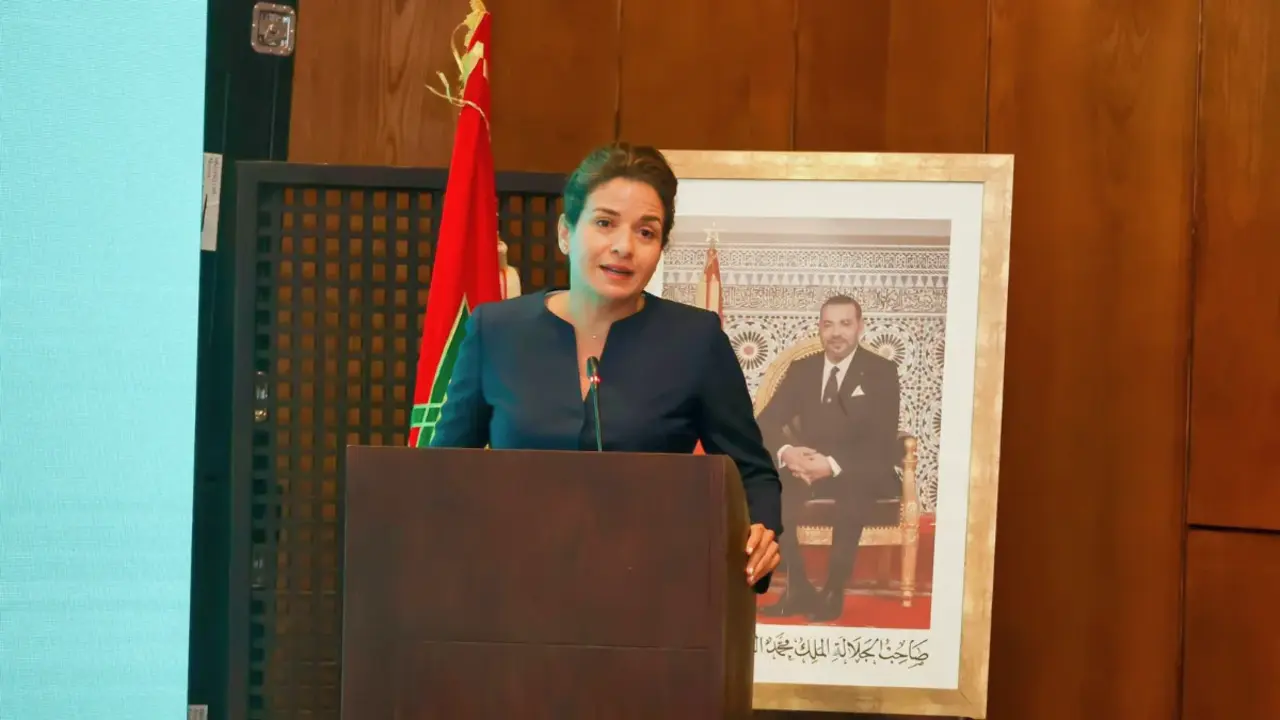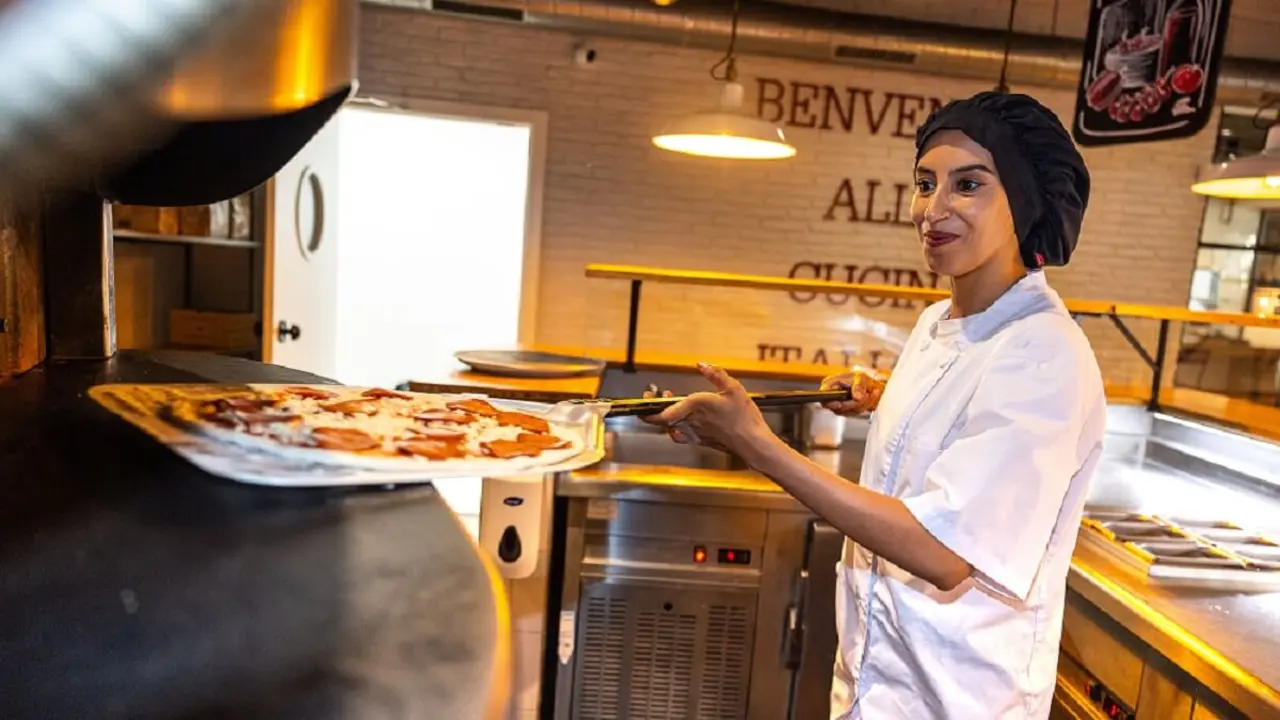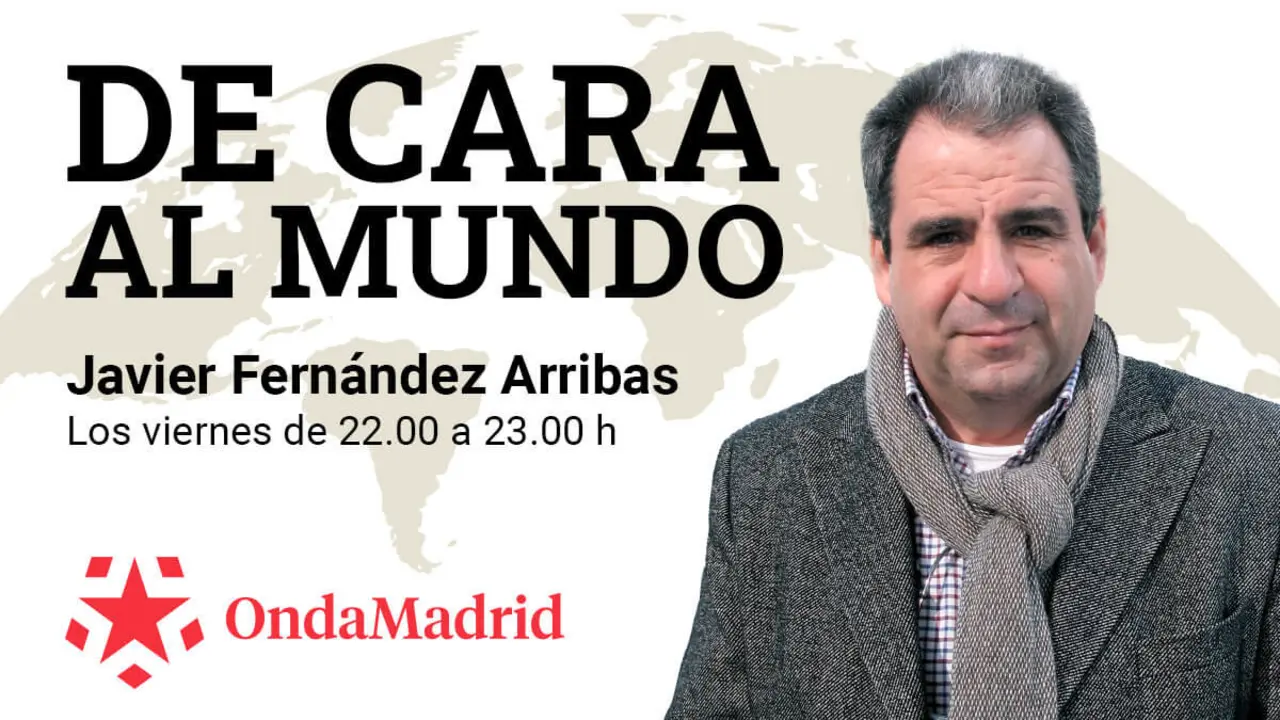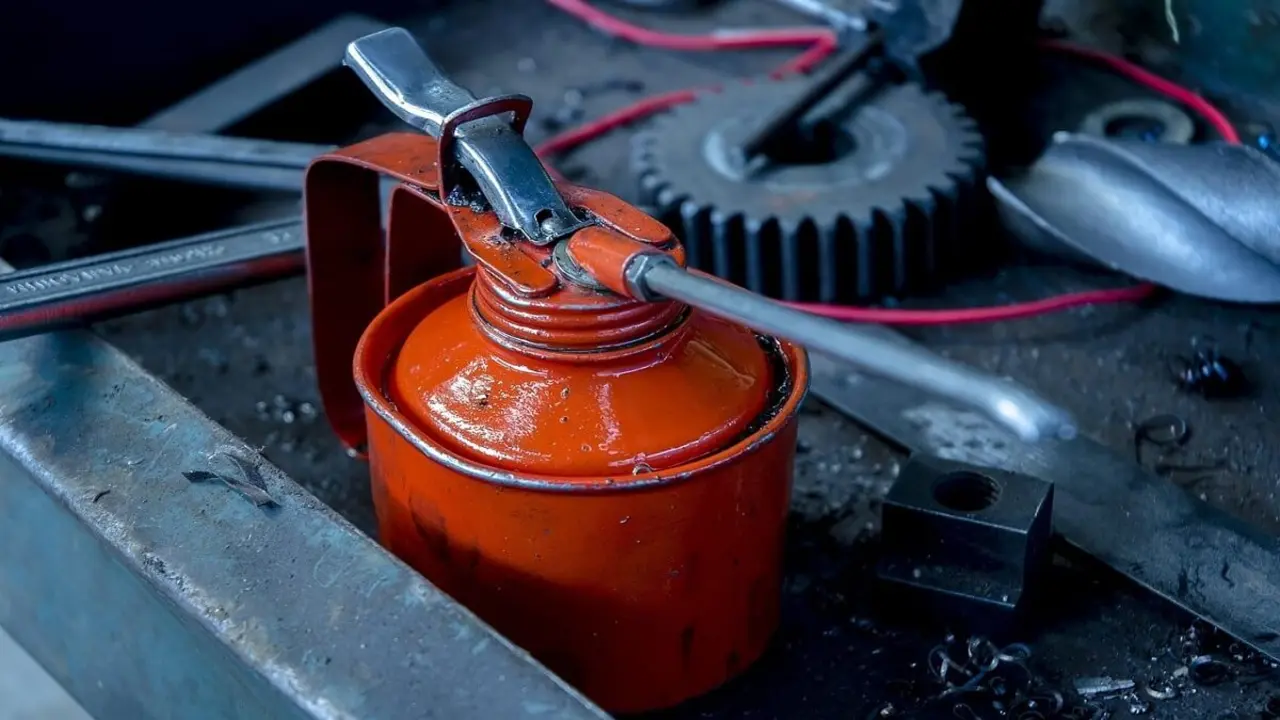Hammam Al-Ándalus: a sensory journey in the heart of Madrid
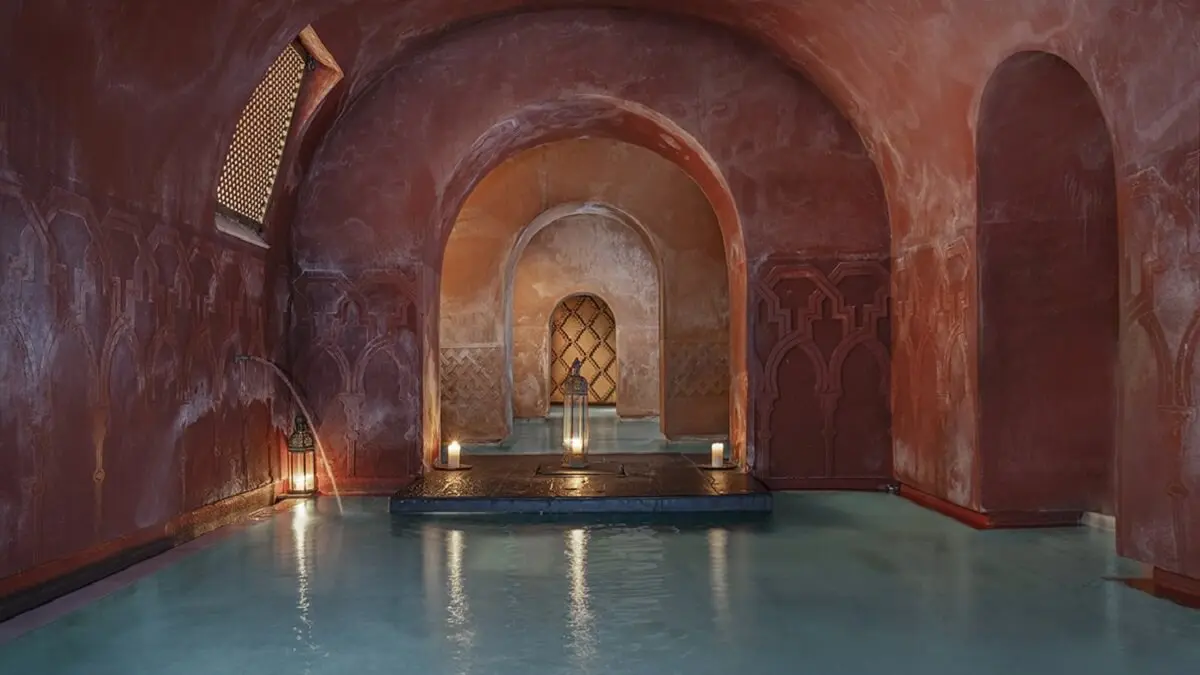
Right in the centre of Madrid, on Calle Atocha, lies a place steeped in history, culture and relaxation that transports anyone who ventures inside to another world. A world where you can forget the hustle and bustle of Madrid and take some time for yourself. On this journey, you will enjoy both a physical and spiritual experience. It is not only in Madrid, but also in the Balearic Islands, Cordoba, Malaga and Granada.
This place is Hammam Al-Ándalus, which dates back to 1998 in Granada, when its founder, José María García, realised that, despite the cultural richness of Andalusia at the time, Arab public baths were not being valued. They were just ruins or archaeological remains with no use whatsoever.
Right next to the Alhambra, José María García opened the first modern hammam in Europe. The aim was not only architectural and cultural, but also a desire to convey an experience through silence and beauty.
‘This is how Hammam Al-Ándalus was born, as a way of connecting the past and the present, history and sensations,’ Marie Audin, manager of the establishments in Madrid, tells Atalayar.
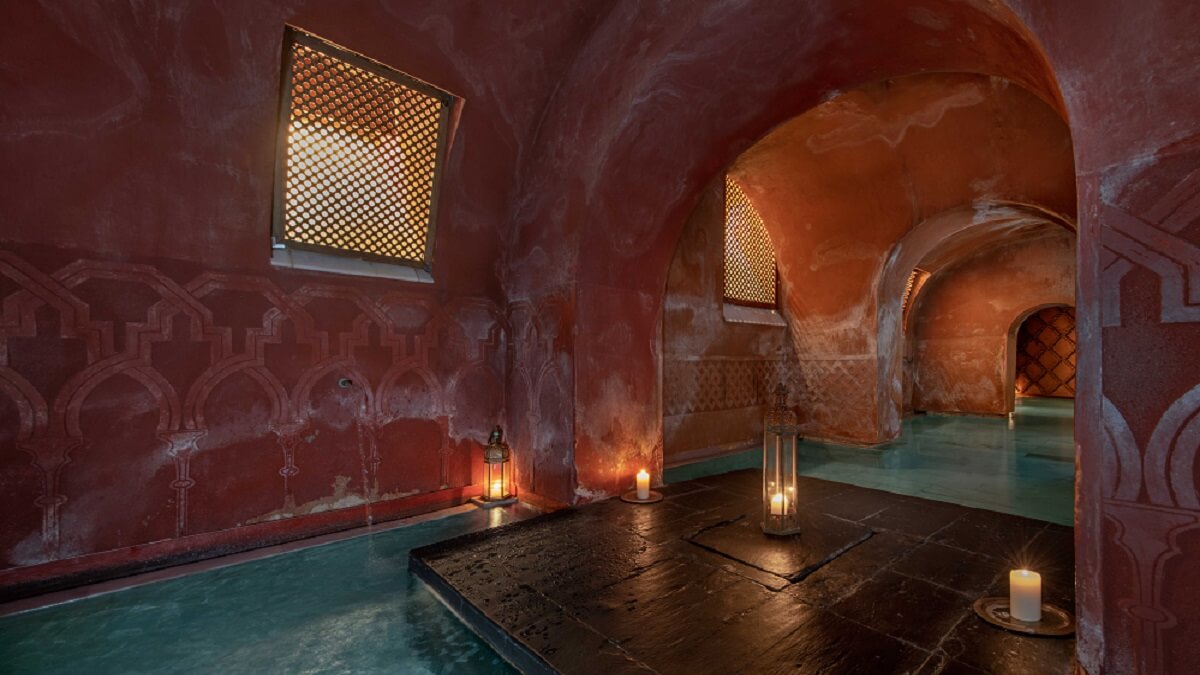
Marie Audin, a French national, has been living in Spain for 25 years, eight of which she has spent as regional director of Hammam Al-Ándalus in Madrid.
For 360 days a year, approximately 80 people (masseurs, marketing, hosts, maintenance, etc.) work side by side with Audin 14 hours a day to delicately provide the best relaxation in one-and-a-half-hour sessions by appointment.
For her, this establishment is ‘an emotional place, a sensory place, where water, light and aromas invite you to stop, take care of yourself and reconnect with yourself. That remains its true origin today, a look at the past that helps us heal the present’.
And this place that invites you to take care of yourself constantly renews its waters. ‘We follow rigorous hygiene protocols and work with energy-efficient systems. We also take care of the space as if it were a living organism, listening to its rhythms, its temperature and its silences,’ explains Audin.
Every morning, they clean and disinfect the premises with great enthusiasm, as it is a refuge for physical and emotional cleansing. Without a doubt, they see maintenance as ‘a form of hospitality’.
The inspiration for the bathrooms came, of course, from the Andalusian period and the historic hammams of Cordoba, Granada and Fez. In addition to details such as geometric motifs, some parts of the architecture have been left intact because they have been standing since the years of Al-Andalus.
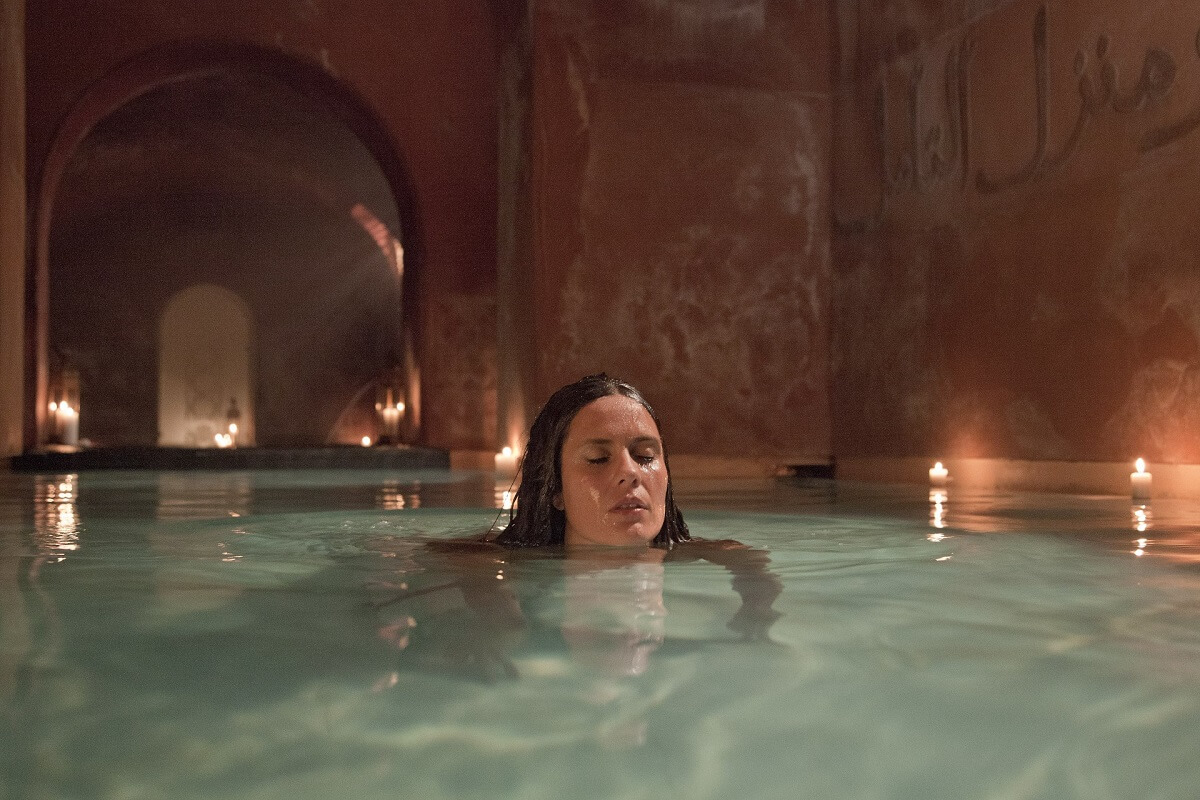
Inside, the structure is traditional: a cold room at 18ºC, a warm room at 31-34ºC and a hot room at 36-38ºC. ‘The idea is that there should be at least a 4ºC difference between one room and another,’ explains Audin. Visitors usually start in the warm area and then move on to the hot area, where they can really relax. And if they need to, they can move on to the cold area.
There are also showers with shampoos provided by the centre and a steam bath with 90% humidity. Audin explains that ‘it's great for breathing, for opening the pores, for the skin, it's wonderful’.
The range of services on offer also includes massage and the kessa ritual, which have their own spaces near the relaxation room (where you can drink tea, play chess and relax on a hot stone with muscle stretches) and the essence room.
The kessa ritual is traditional in Morocco and Turkey. It is an exfoliation method that rejuvenates the skin using a glove and soap. In the hammam, ‘it is a reinterpretation and we also adapt it to the people who come, who may not all be familiar with it. (...) We use soap foam, mixing the kessa glove with the foam, which is super soft, and, of course, the water ritual.’
Interestingly, those who are used to the traditional kessa ritual often ask for the glove to be rubbed harder.
In the essence room, apart from a tap dispensing warm, sweet mint tea, there are four samples of the oils used in the massages: the summery Menta Vital, the creative Nenúfar Mágico, the energising Pasión de Azahar and the relaxing Ámbar Sensual.
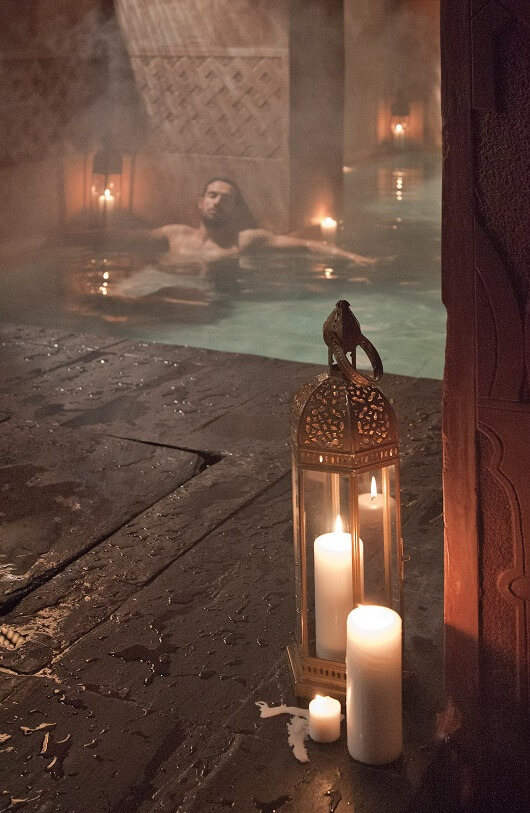
All are part of their Jardín del Hammam product range, an invitation to take the experience from the salon to the customer's home. Inspired by Andalusian gardens, they make their products with natural ingredients using organic methods.
‘It consists of massage oils, body mists, creams, micellar water, eye contours, soaps, kessa gloves, and we even have teas,’ explains Audin. She also points out that buyers have told her that whenever they use the products, they are reminded of their experiences in the hammam.
This is part of their commitment to health. They take it so seriously that people with physical, dermatological and even respiratory problems come to them on the recommendation of health professionals. The secret lies in the fact that, according to Audin, ‘we work with sustainable practices and collaborate with cultural, social and medical organisations’.
Whether for relaxation, health or to try something new, people of all ages come, either in groups, as couples or alone. What attracts them is the feeling of being transported to another place.
‘When you cross the threshold of the hammam, you are in another dimension, where there is calm, where there is silence, where there is time for yourself, which is a luxury nowadays,’ explains Audin.
The key to this feeling of travelling is a very decisive factor: the atmosphere. They pay attention to aspects such as light, temperature, decoration, coordination and sound. That is why the main rule of the hammam is to remain silent.
Even the architecture is important: ‘For us, architecture is an element of total and absolute disconnection that really forms part of the experience. And also the attitude of those inside, who participate in this calm, in this silence.’
The figure of the host, who personifies the hospitality, walks through the hammam at a calm and relaxing pace, contributing to the peaceful atmosphere.
On the other hand, the cultural aspect is not limited to the Andalusian period, because they also offer services and sensory experiences with special rituals and seasonal decorations based on musical artists, painters, etc.
‘It is inspired by the life of the artist and small rituals are created. For example, now that there is a seasonal service inspired by Frida Kahlo, at some point during the massage a paintbrush is used, for example. Fabrics are also used that are somewhat reminiscent of Frida Kahlo's life,’ explains Audin.
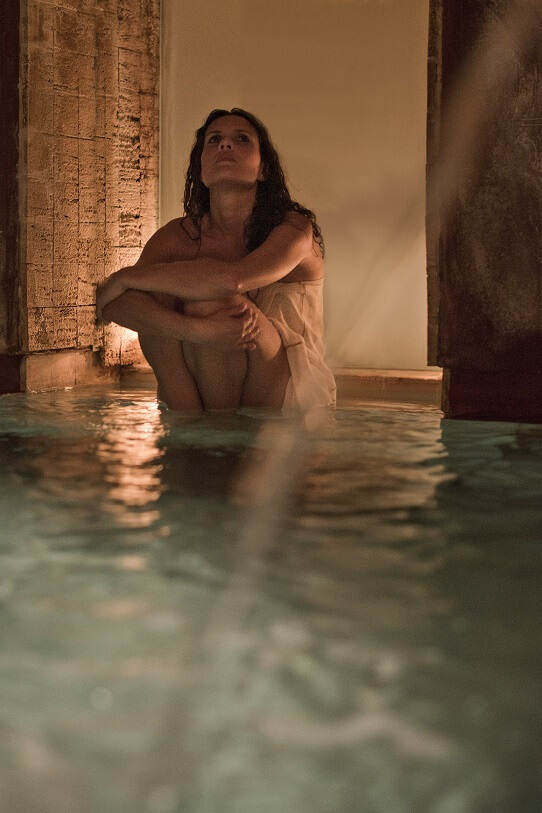
The Hammam to the rhythm of the seasons
Contrary to popular belief, the hammam is also good in summer. In other words, it adapts to the seasons with seasonal services, offers and decorations inspired by different artists.
‘The summer massage is a massage that energises you, that energises your body. Conversely, in autumn you let go of everything that weighs you down, to prepare for winter. The winter massage uses hot pouches, which encourages self-care. Each service throughout the year is tailored to the mood of the season,’ summarises Audin.
In winter, the Hammam Al-Ándalus becomes a space for introspection, reconnecting with well-being, your inner nature and the outside world, inspired by Russian filmmaker Andrei Arsenyevich Tarkovsky. It focuses on healing and nostalgia.
In spring, they offer a space to be reborn after the winter slumber, inspired by Japanese painter and sculptor Mika Murakami. It focuses on sensitivity.
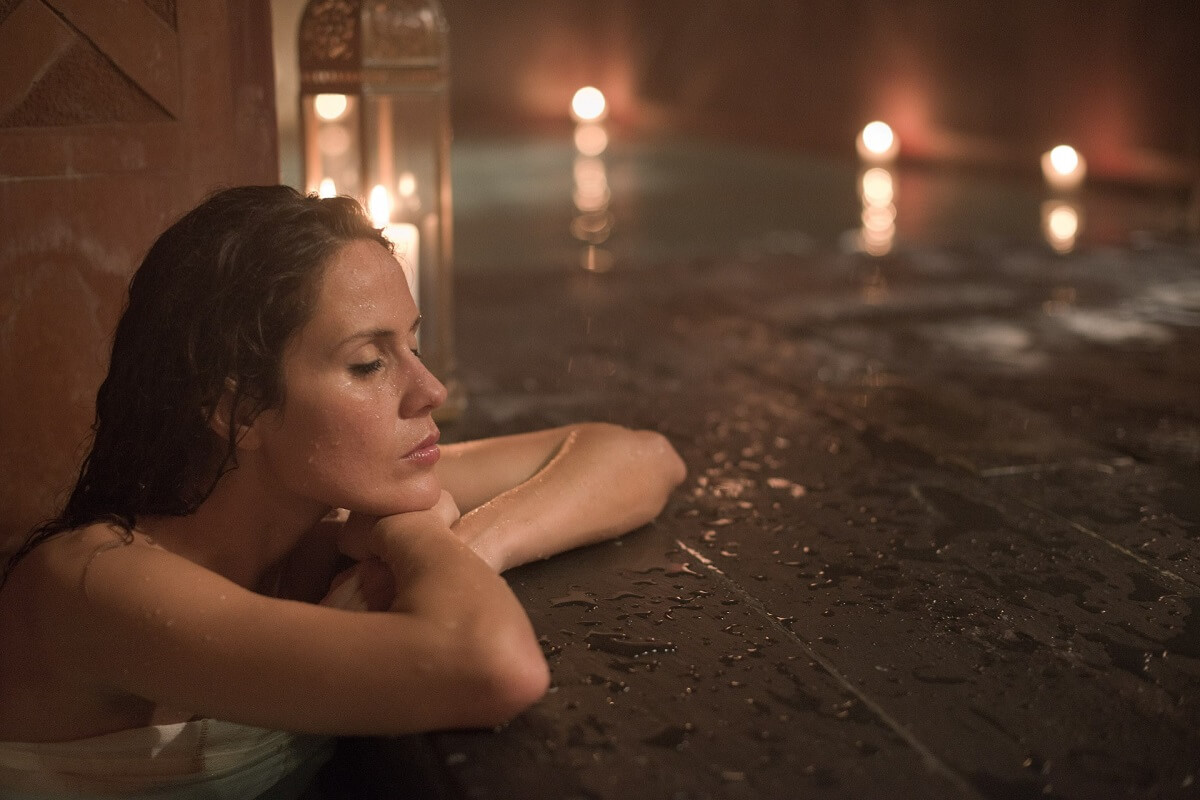
In summer, it becomes an ‘oasis painted in Frida Kahlo's paintings’, a place of relaxation and balance inspired by the Mexican artist. It focuses on rest after a long, arid journey.
In autumn, the Hammam is a space for transcendence, inner transformation, the beginning of a new ego, inspired by Dutch artist Maurits Cornelis Escher. It focuses on ‘vital metamorphosis’.
And it not only adapts to the weather, but also to people: there are offers and discounts such as 10% off for residents or discounts for children, unemployed people... And even personalised offers for members.


